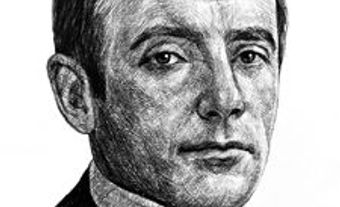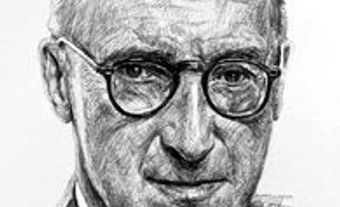
Stephenson, Sir William Samuel
Sir William Samuel Stephenson, inventor, businessman, master spy (b at Winnipeg, Man 11 Jan 1897;At the beginning of WWII, Stephenson was placed in charge of British Security Co-ordination (counterespionage) in the Western Hemisphere, with headquarters in New York C (where the telegraphic address was INTREPID - later popularized as Stephenson's code name). His organization's activities ranged from censoring transatlantic mail, breaking letter codes (which exposed at least one German spy in the US) and forging diplomatic documents, to obtaining Vichy French and Italian military codes, protecting against sabotage of American factories producing munitions for Britain, and training (at CAMP X, near Oshawa, Ont) allied agents for surreptitious entry into Nazi-occupied Europe.
Although Stephenson was knighted by King George VI and awarded the US Medal for Merit, not much was known about his war services until the publication of H. Montgomery Hyde's The Quiet Canadian (1962). William Stevenson (no relative to Stephenson) later published 2 books about him, A Man Called Intrepid (1977) and Intrepid's Last Case (1983). The claims made regarding Stephenson's career have been treated with reserve by professional historians and experts on intelligence. Stephenson lived in the W Indies after WWII, becoming chairman of the Caribbean Development Corp, and eventually retired to Bermuda.

 Share on Facebook
Share on Facebook Share on X
Share on X Share by Email
Share by Email Share on Google Classroom
Share on Google Classroom


